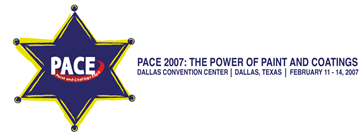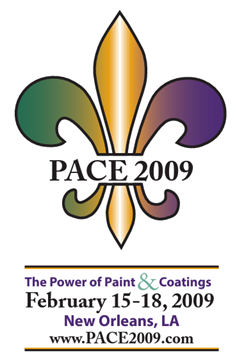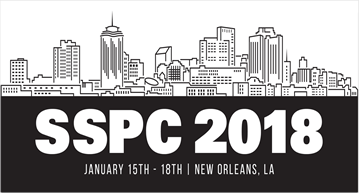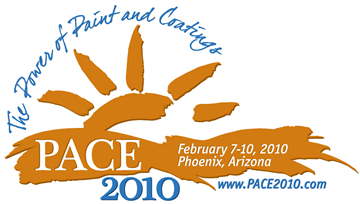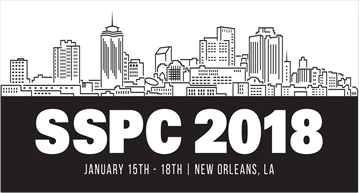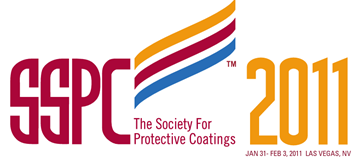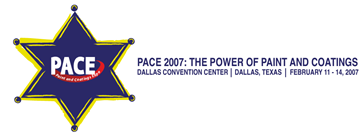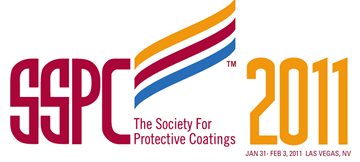Search
Products tagged with 'coating performance'
View as
Sort by
Display
per page
Novel Isocyanate-Free Resins for 1- and 2K Protective Coatings
Product Number:
51219-193-SG
Publication Date:
2019
$20.00
Novel Raw Materials for Enhanced Polyurea Coatings Performance
Product Number:
41207-388-SG
Publication Date:
2007
$20.00
Novel Self-Healing Chemistries for Elevated Tempurature Coating Applications
Product Number:
41209-519-SG
Publication Date:
2009
$20.00
Novel Testing Methodology of TwoCoat and Three-Coat Systems for Steel Bridge Structures
Product Number:
51218-163-SG
Publication Date:
2018
$20.00
Novel Waterborne Epoxy Resin Dispersion for High Performance Metal Primers and Concrete Floor Finishes
Product Number:
41210-573-SG
Publication Date:
2010
$20.00
ON THE TOPOGRAPHICAL AND PERFORMANCE EFFECTS OF REBLASTING A PREVIOUSLY PREPARED STEEL SUBSTRATE
Product Number:
51218-141-SG
Publication Date:
2018
$20.00
One Component Waterborne Resins for Direct-to-Metal Applications
Product Number:
41211-653-SG
Publication Date:
2011
$20.00
Painting Water Storage Tanks In-Service: An update
Product Number:
41207-343-SG
Publication Date:
2007
$20.00
Past Versus Present - Comparing Laboratory Performance of Vinyl Resin Coatings with Modern Epoxy-Polysiloxane Coating Systems
Product Number:
51217-076-SG
Publication Date:
2017
$20.00
Penny Wise of Pound Foolish? Holding Primers for Solvent Free Epoxy Tank Lining
Product Number:
51219-207-SG
Publication Date:
2019
$20.00
Performance Evaluation of One-Coat Systems on New Steel Bridges - Final Results
Product Number:
41211-622-SG
Publication Date:
2011
$20.00


